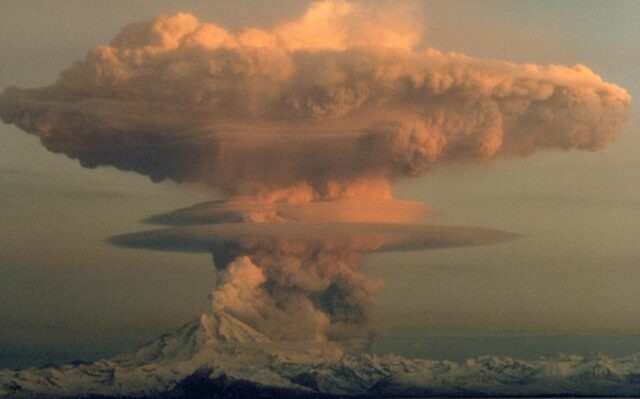
Disasters are natural or man-made events that negatively affect life, livelihoods, and industry, frequently leading to permanent changes in human societies and the animals that inhabit that place; ecosystems, and the environment.
A catastrophe has disastrous consequences, highlighting the vulnerability of the balance necessary to survive and prosper; many things in the world can harm human beings. However, we often hurt ourselves through negligence, wrong decision, or even sheer malice.
Here we review some of the man-made disasters worldwide; 30 years have passed since the Chernobyl tragedy, the most serious nuclear disaster in history. On April 26, 1986, a breakdown and subsequent fire in one of the four reactors of the nuclear power plant with this name had disastrous consequences, which are still suffered in Ukraine, Belarus, and some provinces of Russia, the former Soviet Union.
The Chernobyl reactor explosion caused 31 direct deaths, ruined the lives of tens of thousands of people, changed the landscape of an entire territory over the next few thousand years, and changed the world’s view of atomic energy.
The biggest industrial catastrophe in history was the leak of 45 tons of toxic gas from a pesticide factory in India in 1984, which is remembered as ‘the Bhopal disaster’. In the first 24 hours after the escape, a minimum of 3,000 people died, and, subsequently, another 15,000 died from the aftermath.
Many of the 150,000 affected filed lawsuits against Union Carbide, the multinational that owns the factory since the facts showed their negligence in the field of security, but that company paid a compensation of 500 million dollars in exchange for ‘exempting’ their responsibility and that no new lawsuits were admitted on the case.
As well as when the Iraqi army was bombed by US warplanes, it set fire to 700 oil wells in Kuwait as part of a ‘scorched earth’ tactic. The last of the fires, which caused great economic losses and widespread pollution, was extinguished in November 1991.

The Little Boy atomic bomb dropped on Hiroshima, which became the most serious nuclear catastrophe in human history.
Finally, our country ranks fifth among those most exposed to natural disasters, due to factors such as vulnerability, susceptibility, and ability to serve the affected population, among others, this places the country with a 17% risk of disaster, becoming in this way, the second most vulnerable country to disasters in Latin America, affecting the supply of energy, food, and water that are included among the risks, according to its geographical location, infrastructure, and social impact in the event of a disaster.
We must take care of our ecosystem, let us not forget that our country is located on two very active tectonic plates, which is highly exposed to natural disasters such as earthquakes and tsunamis, coupled with this it is also a volcanic area, remember the eruption of the volcano “El Turrialba” the which its last eruptive cycle began in October 2014, having its highest activity between May and June 2016 including at least 3 strombolian eruptions in that period, this volcano begins this 2019 with an eruption on February 1 registering a column of 1500 meters high, its last eruption was on April 27 of this year (2019) expelling ashes after that it presents constant passive gas emanation, let’s not forget that this volcano is the largest in our country.

